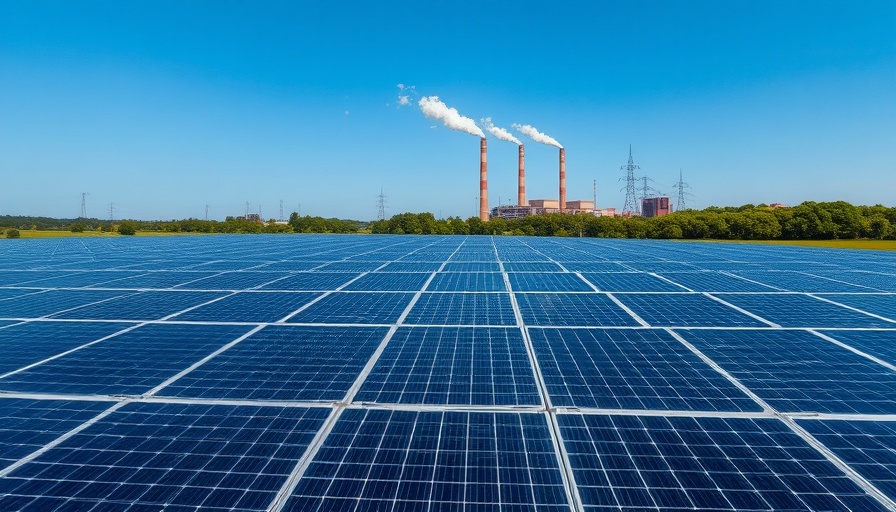
Global Energy Demand on the Rise: The Role of Renewables
The landscape of global energy demand is rapidly evolving, as highlighted by the International Energy Agency's (IEA) recent report indicating a significant uptick in energy needs for 2024. As the planet confronts extreme temperatures and growing industrial demands, the efficient response from renewable sources and natural gas has been noteworthy, showcasing an essential shift towards low-emission energy solutions.
Emerging Patterns in Energy Consumption
According to the IEA's Global Energy Review, the world’s energy consumption surged by 2.2 percent last year, a shift largely driven by emerging economies, which represented more than 80 percent of this increase. In contrast, advanced economies experienced a modest rise in energy demand, underscoring a critical divergence in energy consumption patterns worldwide. With this growth, renewable sources like solar and wind increasingly dominate the energy mix.
Key Insights on CO2 Emissions
Despite an overall increase in energy demand, there are hopeful indicators in the fight against climate change. As renewable energy sources have expanded since 2019, they now prevent approximately 2.6 billion tonnes of CO2 emissions annually, equivalent to 7 percent of global emissions. This is a significant step in decoupling energy growth from carbon output, driven predominantly by advancements in solar PV, wind, and nuclear technologies.
The Impact of Technology and Climate on Energy Trends
Technological advancements play a pivotal role in the energy sector's transformation. Innovations in artificial intelligence, data management, and energy efficiency technologies are driving increased reliance on electricity, which has surged dramatically by 4.3 percent in 2024. This escalation is largely linked to rising cooling needs amid extreme heat and expanding sectors like electric vehicles and data centers. Hence, the intersection of climate and technology is reshaping how energy is produced and consumed, offering both opportunities and challenges.
Conclusion: Strategic Thinking for a Sustainable Future
As global energy demand continues to evolve, it's clear that embracing low-emissions sources is not only essential for sustainable growth but also critical in mitigating climate change effects. Individuals and industries must remain informed and adaptable, leveraging the latest innovations to navigate this energy transition effectively. If you understand these dynamics, you can contribute to a more sustainable energy future.
 Add Row
Add Row  Add
Add 




 Add Row
Add Row  Add
Add 



Write A Comment